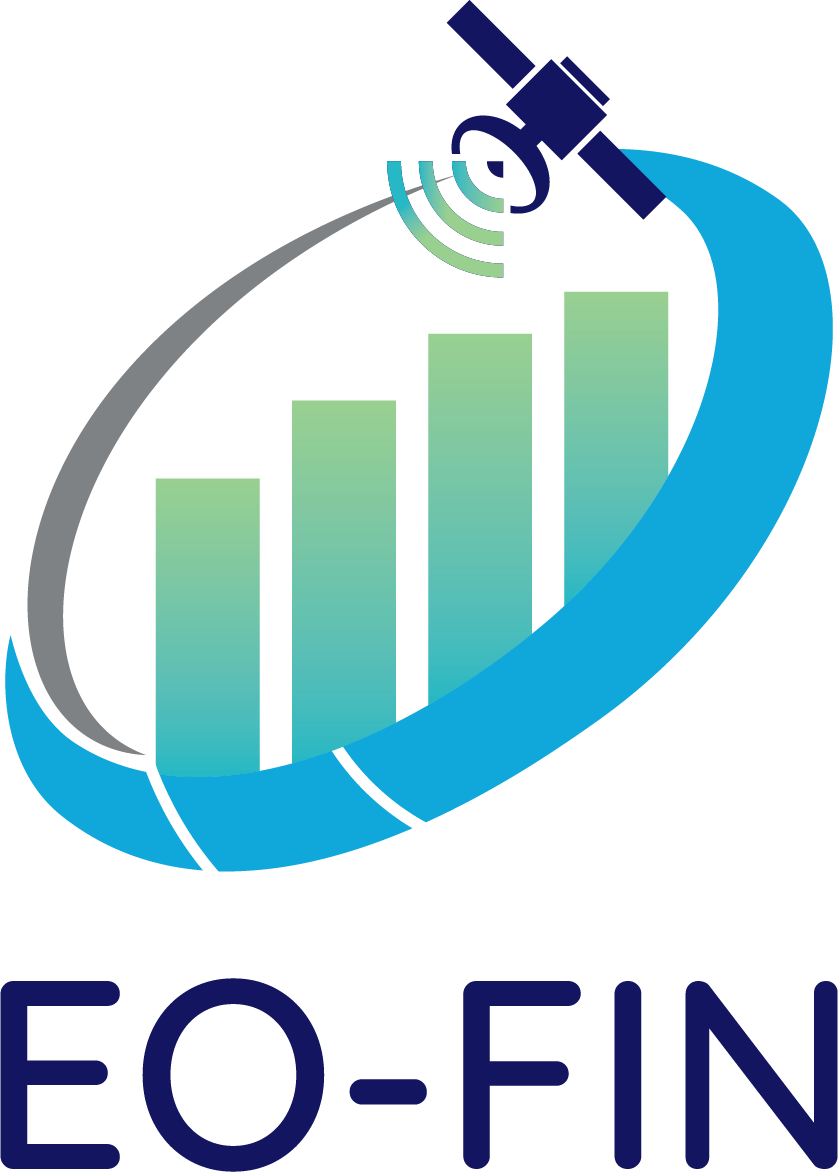Satellite-Derived Bathymetry for Port and Coastal Monitoring | ||||||||
Satellite-Derived Bathymetry (SDB) and the WorldView-2 (WV2) RGB image showing an area located on the coast on the Tyrrhenian Sea in the south of San Vincenzo town (LI) in Italy (Source: Rossi, L., Mammi, I. and Pelliccia, F., 2020. UAV-derived multispectral bathymetry. Remote Sensing, 12(23), p.3897.) | ||||||||
Product Category | ||||||||
|
| |||||||
Financial Domains | ||||||||
| ||||||||
User requirements | ||||||||
UN12: Analysis of potential risks in specific regions | ||||||||
Description | ||||||||
Shallow water zones are dynamic, so it is important to be monitored regularly. Satellite-derived bathymetry (SDB) is preferable due to the low cost and near real-time monitoring. Therefore, SDB can help assess the vulnerability of critical infrastructure like shipping lanes, ports, and canals to potential blockages or accidents. By having accurate and up-to-date information on water depths, authorities and stakeholders can identify areas that may be at risk of blockages or accidents and take preventive measures to avoid costly disruptions. For example, the blockage of the Suez Canal stands out as one of the most significant and compelling demonstrations of the importance of SDB in this context. In addition, such information can be used to adjust insurance plans and make informed decisions about the most cost-effective and safe shipping routes. | ||||||||
Spatial Coverage Target | ||||||||
Ports, canals, and coastal areas (with max depth 20m) | ||||||||
Data Throughput | ||||||||
Rapid tasking Data availability |
|
| ||||||
PRODUCT SPECIFICATIONS | ||||||||
Main processing steps | Shallow water zones are dynamic, so it is important to be monitored regularly. Satellite-derived bathymetry (SDB) is preferable due to the low cost and near real-time monitoring. Therefore, SDB can help assess the vulnerability of critical infrastructure like shipping lanes, ports, and canals to potential blockages or accidents. By having accurate and up-to-date information on water depths, authorities and stakeholders can identify areas that may be at risk of blockages or accidents and take preventive measures to avoid costly disruptions. For example, the blockage of the Suez Canal stands out as one of the most significant and compelling demonstrations of the importance of SDB in this context. In addition, such information can be used to adjust insurance plans and make informed decisions about the most cost-effective and safe shipping routes. | |||||||
Input data sources | Optical: Sentinel-2, VHR based on the availability like Pleiades 1A/1B & NEO, WorldView2&3, and SPOT6/7 Radar: N.A Supporting data: Ground truth water depth data like LIDAR, single or multi beam Echo-Sounder data. | |||||||
Accessibility | Sentinel-1&2: freely and publicly available from ESA. Optical VHR imagery: commercially available on demand from EO service providers. | |||||||
Spatial resolution | Sentinel-2: 10 m Optical VHR: ≤ 1 m | |||||||
Frequency (Temporal resolution) | Sentinel-2: 6 days Optical VHR: Sub-daily to Daily | |||||||
Latency | < 1 Day | |||||||
Geographical scale coverage | Globally | |||||||
Delivery/ output format | Data type: Raster File format: GeoTIFF | |||||||
Accuracies | Thematic accuracy: 80-90% Spatial accuracy: 1.5-2 pixels of input data | |||||||
Constraints and limitations |
| |||||||
User's level of knowledge and skills to extract information and perform further analysis on the EO products. | Skills: Ample Knowledge: Essential | |||||||
Similar Products | Name of the Product: Planet Biomass Proxy (link) Spatial resolution: 2 m,10 m,15 m, and 30 m Frequency (Temporal resolution): Daily Latency: Few weeks Geographical scale coverage: Globally Delivery / output format: ASCII XYZQ files (Point clouds), GeoTIFF (Raster), KMZ overlays for Google Earth, PDF maps and contour lines (Shape files) Accuracies: 80-90% Accessibility: Commercially available from EOMAP | |||||||
P30: Satellite-derived bathymetry for port and coastal monitoring | |
Maturity score | |
Mean: 2.2 | STD: 0.40 |
Constraints and limitations · Cloud presence · Proximity with effluents can make the task more complex. · Limited to estimate water depth up to max 20 m | |
Relevant user needs UN12: Analysis of potential risks in specific regions. | |
R&D gaps · Lack of local in-situ data like LIDAR or Echo-Sounder data · The optical-based products depend on the turbidity and the specificities of the location, meaning that worldwide coverage is difficult. | |
Potential improvements drivers · Fusion, with in-situ sensors, long time series of data to model the specificities of the location, combination with other satellite sensors, hyperspectral, SAR, but they need to be acquired at exactly the same time! | |
Utilisation level review | |
Utilisation score | |
Mean: 2.50 | STD: 0.87 |
No utilisation Low utilisation · Higher cost of using the commercial EO product. · Unawareness of the existence of commercial EO products with better specifications. Medium utilisation High utilisation · High importance and relatively accurate versus comparable methods of gathering this type of information. | |
Critical gaps related to relevant user needs | |
Utilisation gap UN12: Analysis of potential risks in specific regions | |


This page has no comments.